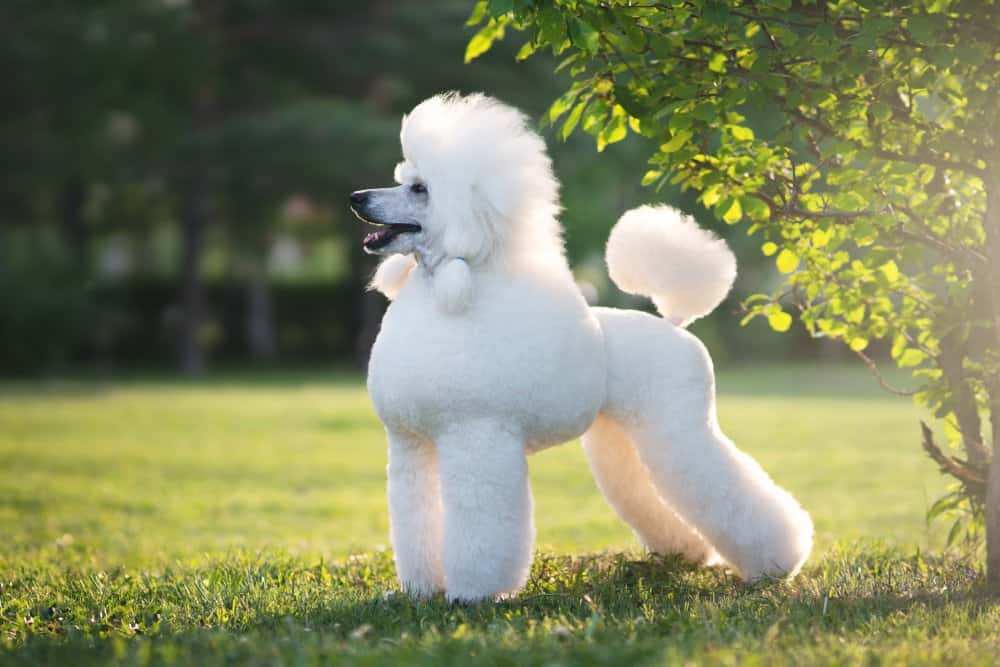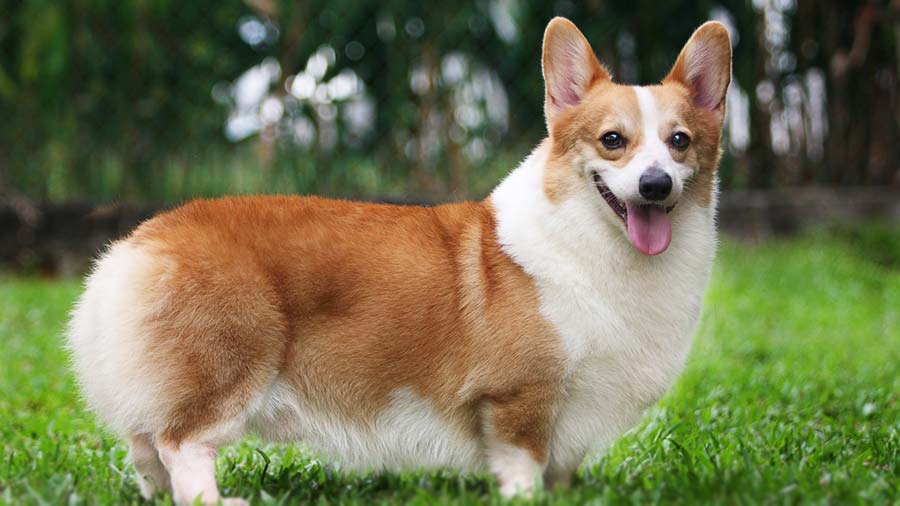
Labrador retrievers remain the top dogs breed in the US. But poodles have just re-entered the American Kennel Club’s top five most popular dog breeds. It is for the first time in over a quarter-century.
The club’s annual popularity rankings were released on Tuesday. It is based on more than 800,000 purebred puppies and older dogs who enrolled with the country’s oldest canine registration last year.
With 197 recognized breeds, the list includes everything from Labs (which have topped the list for an unprecedented 31 years) to the newly added Biewer terrier (which debuted at #82). They also include strange pups like the hairless Xoloitzcuintli (#119).
There’s much to look at and point out for dog lovers. So we’ve rounded up some highlights:
Top 10 dog breeds in the US

After Labs, the top 10 breeds are French bulldogs, Golden retrievers, German Shepherds, Poodles, Bulldogs, Beagles, Rottweilers, German shorthaired pointers, and Dachshunds.
Poodles

Poodles were the most popular dog breed from 1960 until 1982, before falling out of favor. However, according to the latest figures, they have recaptured fifth place for the first time since 1997. (Standard, miniature, and toy sizes are all considered the same breed.)
With their proud attitude and intricate cut in the show ring, “they do have a reputation, in some circles, as just being froufrou,” says Page Hinds-Athan of Roswell, Georgia. Hinds-Athan is a veteran poodle-owner, and breeder. “There’s definitely more to them.”
Poodles were originally water retrievers, and they are still athletic animals known for their intelligence and allergy-friendly fur. Hinds-Athan’s poodles have visited hospitals for treatment and compete in obedience. Other poodles are used as guide dogs for the blind, or hunt or compete in agility or other dog sports.
According to Hinds-Athan, their knowledge comes with high expectations; “If you’re going to fuss at them, you’d better be really right. Because if you’re not really fair with them, they remember it.”
Doodles
/brooke-cagle-szzLdR9800c-unsplash-e1dde74bcb5849788ab696502076c793.jpg)
Poodles are also found in Labradoodles, Maltipoos, and Sheepadoodles, among other popular hybrids. None of those are now recognized as breeds by the AKC, the regulating body for many dog events. However, according to AKC spokesman Brandi Hunter, poodle-mix enthusiasts have inquired about what recognition would entail.
To achieve some uniformity, one important requirement is to articulate a breed ideal.
“The predictability is one of the things that draws people to purebred dogs,” Hunter explains.
Rare breeds

The Norwegian Lundehund, which is constantly rare in the United States, was the rarest breed last year. The small dogs have additional toes and extraordinary flexibility. It helped them hunt puffins nesting in narrow fissures on Norwegian cliffs.
Rising breeds
The standings don’t usually fluctuate much from one year to the next, but they do over time. Since the turn of the century, eight breeds have joined the top 25. Thus, ranging from the low-lying Pembroke Welsh corgi (#11) to the towering Great Dane (#17).

Some have had meteoric rises in popularity. In 2000, French bulldogs, currently ranked #2 and seen everywhere from TV commercials to cosmopolitan streets, were ranked 71st. (https://daveseminara.com/) The cane Corso, which was not recognized until 2010, has risen from 51st to 21st place since then.
The towering mastiff-style Cane Corso has been used as a farm protector in rural Italy for ages. Thereby, pulling tiny carts and hunting wild boars. Anthony Simonski has owned or bred Corsi (that’s the plural) that compete in agility, dock diving, and other sports. It has appeared in TV shows and music videos. He also says the breed’s flexibility will last.
While the dogs are protective, Simonski of Acworth, Georgia, adds, “it’s not about being mean — it’s about understanding its job.”

Simonski has owned Corsi since 1998 and is married to Rebecca Simonski. She is the president of the Cane Corso Association of America. He has mixed feelings about their increasing popularity, believing that it attracts shady breeders.
“There’s a side of you going, ‘Oh, my God, the cat’s out of the bag; But the real problem is what people are doing with that cat once it’s out of the bag,” he says.
Debate on dog breeding

Some animal rights activists believe that dog breeding is an issue in and of itself. They believe that dog fanciers are more concerned with the look of their dogs than with their health. Also, supporting purebred fuels puppy factories while leaving other dogs stranded in shelters.
The AKC and its connected breed clubs champion and invest in dog health, including through an AKC-linked foundation. The club also believes that well-done breeding has a purpose. It is to produce dogs with known characteristics, such as size and sniffing ability. Therefore, they are suitable for various human demands and lifestyles.
According to the club, new purebred registrations have surged by 45 percent in the last decade.





